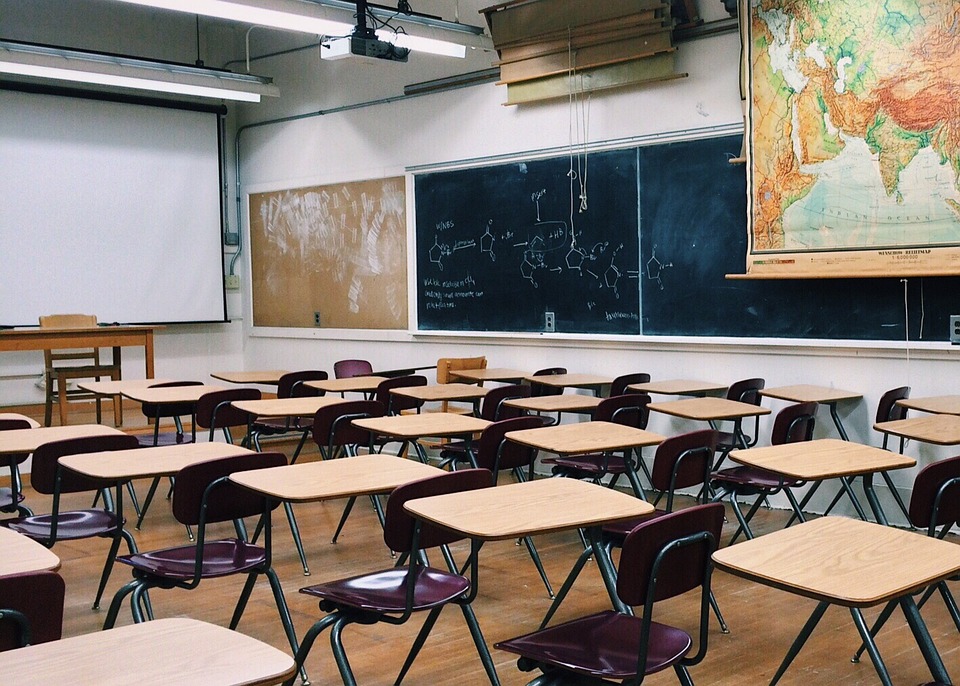Introduction
Energy literacy is a crucial aspect of education in today’s world, as we face various environmental challenges and the need for sustainable energy solutions. Teachers play a significant role in educating students about energy-related topics and promoting energy conservation practices. In this article, we will explore strategies that teachers can use to bring energy literacy to the classroom.
Importance of Energy Literacy
Energy literacy is essential for students to understand the various sources of energy, their impact on the environment, and the importance of sustainable energy practices. By promoting energy literacy, teachers can empower students to make informed decisions about energy consumption and play an active role in reducing their carbon footprint.
Integration with Curriculum
Teachers can integrate energy literacy into various subjects, such as science, geography, and social studies. By incorporating energy-related topics into the curriculum, teachers can help students connect theoretical concepts with real-world issues and foster a deeper understanding of energy conservation practices.
Hands-on Activities
Engaging students in hands-on activities related to energy can enhance their learning experience and make complex concepts more accessible. Teachers can organize experiments, field trips, and interactive sessions to demonstrate the practical applications of energy concepts and encourage students to explore renewable energy sources.
Collaboration with Industry Experts
Collaborating with industry experts and professionals in the field of energy can provide valuable insights and resources for teachers to enhance their energy literacy curriculum. Guest lectures, workshops, and industry partnerships can expose students to real-world energy challenges and solutions, inspiring them to pursue careers in the energy sector.
Classroom Visits
Inviting energy professionals to visit the classroom and share their expertise can spark students’ interest in energy-related topics and provide firsthand knowledge about the industry. Teachers can facilitate discussions, Q&A sessions, and interactive activities to engage students and encourage them to explore career opportunities in the energy sector.
Field Trips
Organizing field trips to renewable energy facilities, such as solar farms, wind turbines, or hydroelectric plants, can offer students a unique opportunity to observe sustainable energy practices in action. Field trips can complement classroom learning and provide students with a memorable experience that reinforces the importance of energy literacy.
Interactive Technology
Utilizing interactive technology tools, such as simulations, virtual reality, and online platforms, can enhance students’ engagement with energy literacy concepts and make learning more interactive and accessible. Teachers can leverage technology to create virtual energy scenarios, interactive quizzes, and multimedia resources that cater to diverse learning styles.
Online Resources
Explore online resources such as websites, videos, and interactive tools to supplement energy literacy education in the classroom. Websites like the Department of Energy’s Energy Literacy Principles and the National Energy Education Development Project provide valuable resources and lesson plans for teachers to incorporate energy concepts into their curriculum.
Energy Monitoring Systems
Implementing energy monitoring systems in the classroom can help students track and analyze energy consumption patterns, raising awareness about energy usage and promoting behavior change. Teachers can use energy monitoring tools to teach students about energy efficiency, conservation practices, and the impact of individual actions on energy consumption.


Leave a Reply